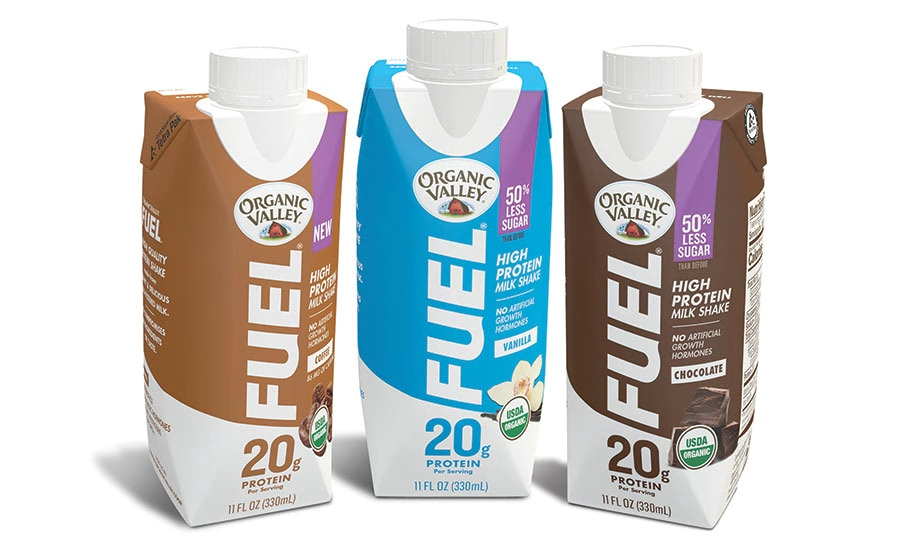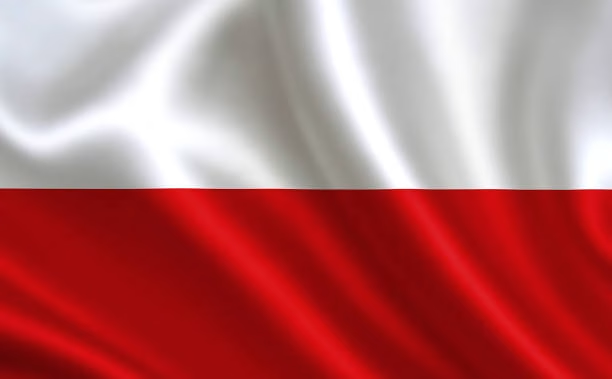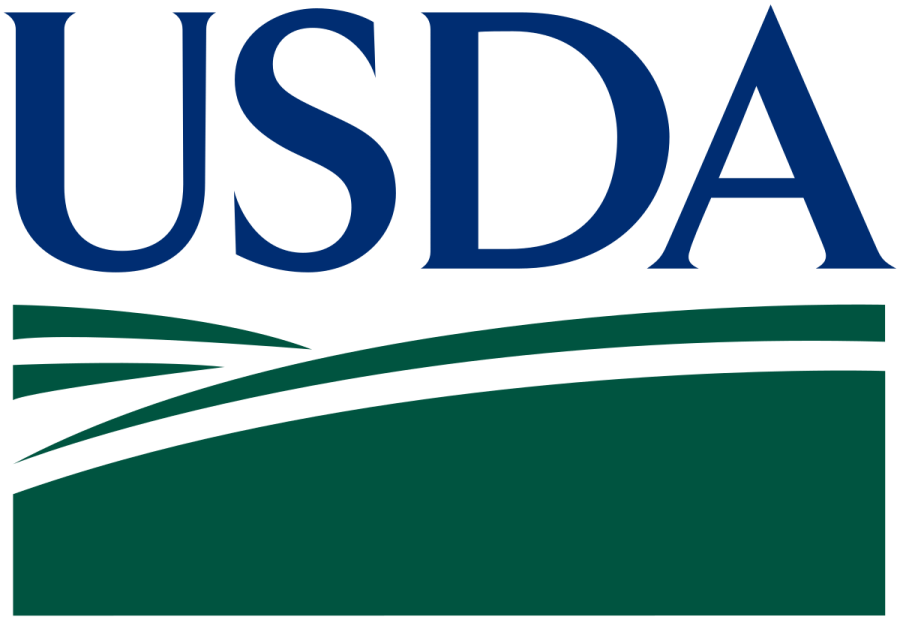Uncover the transformative impact high-protein dairy beverages are having on contemporary health trends. Could dairy be the ultimate solution for your protein requirements? Delve into cutting-edge innovations and numerous advantages.

The high-protein dairy beverage market is experiencing a rapid surge in demand, propelled by the increasing focus on health and wellness. These beverages, once niche products, have entered the mainstream, appealing to a wide range of consumers, from regular customers to health enthusiasts. Innova Market Insights projects an impressive 20.8% yearly increase in new product introductions from 2016 to 2021, underscoring the market’s rapid growth and potential for businesses.
Lead researcher at Innova Market Insights said, “High-protein dairy beverages are rapidly becoming staples in health-conscious diets, offering both convenience and nutrition.”
This increasing attention emphasizes the advantages of protein-rich diets for satiety, appetite management, and preserving lean body mass. It represents a long-lasting shift in eating behavior. The increase in the market emphasizes the possibility of further innovation and development.
The Dynamic Spectrum of High-Protein Dairy Beverages: Meeting Diverse Consumer Demands with Nutritional Excellence
The high-protein beverage industry caters to various consumer demands with its diverse range of products. From ready-to-mix (RTM) powders to ready-to-drink (RTD) beverages, meal replacements, and other health and wellness options, each category leverages the unique benefits of dairy proteins to meet specific functional and dietary needs.
With their convenience and adaptability, RTM powders allow consumers to incorporate protein into their preferred meals and beverages easily. Dairy proteins, particularly whey and casein powders, are a favorite among fitness enthusiasts and athletes thanks to their exceptional amino acid profile and quick digestion.
Growing demand for on-the-go nutrition solutions is driving the fast expansion of RTD drinks. Famous for their clean label and premium protein concentration, dairy-based protein beverages attract active people looking for rapid nutritional renewal and busy professionals. Dairy proteins cause these beverages to highlight utility, such as muscle rehabilitation and strength enhancement.
Meal replacement drinks provide a handy mix of nutrients for weight control or a full meal on demand. Dairy proteins provide palatability, creamy texture, and premium protein content.
Other health and wellness choices highlight the flexible use of dairy proteins: fortified smoothies and improved hydration beverages. These goods satisfy health-conscious customers striving for general well-being without sacrificing flavor by commonly combining dairy proteins with vitamins, minerals, and fiber.
Still the pillar of the protein beverage business, dairy proteins inspire consumer taste and product innovation in many categories.
Leading the Charge in Dairy Innovation: Emil Nashed and the DMI Product Research Team
Under Emil Nased’s leadership, the Dairy Management Inc. (DMI) product research team is driving innovative developments in the high-protein dairy beverage sector. Their comprehensive analysis provides essential information and practical solutions for businesses striving to excel in this field, inspiring confidence and guidance in their expertise.
With thorough troubleshooting advice for high-protein dairy drinks, this review helps businesses. It emphasizes choosing and processing ingredients to guarantee stability and quality. It addresses basic formulation and processing issues by targeting sports nutrition or health and wellbeing.
The paper also acts as an innovation catalyst, motivating fresh product ideas while preserving vital sensory attributes. By carefully describing the functional characteristics of dairy proteins such as caseins and whey, producers may maximize formulations to satisfy claims on protein content.
The assessment offers shelf stability guidance for low- and high-acid drinks. It solves protein solubility and avoids phase separation and protein aggregation, facilitating the practical market introduction of premium, shelf-stable goods.
Beyond troubleshooting, this study is a manual for creatively using dairy proteins, fostering expansion in the high-protein dairy beverage industry. With DMI’s help, companies may boldly create goods that satisfy customer expectations and industry requirements.
Pioneering Formulations for High-Protein Dairy Beverages: The Science Behind Shelf-Stable, Nutrient-Rich Options
Their studies center on shelf-stable, high-protein, ready-to-drink drinks vital for better-for-you and sports nutrition. Appealing to health-conscious customers, these drinks typically claim to be “high in protein.” Dairy proteins—especially caseins and whey proteins—are prized for their functional ability and nutritional quality, which helps these drinks efficiently reach their protein targets.
Your Blueprint for Innovation: Navigating the High-Protein Dairy Beverage Sector with Expert Insights
Professionals in the high-protein dairy beverage market depend critically on the review paper as a fast-reference tool. It combines valuable insights and fundamental knowledge to create goods with certain protein content targets that preserve quality and shelf durability. For instance, the document offers direction on component choice and processing methods should a corporation want to develop a dairy beverage with 25 grams of protein per serving.
High protein content requires premium dairy protein components, especially caseins and whey protein from cow’s milk. These proteins are prized for their dietary profile and beverage-related use. Ensure the product is healthy and consumer-friendly; the article describes the ratios and combinations required to maximize solubility, taste, and texture.
Additionally included in the assessment are processing issues vital for creating these drinks. It lists the technical needs for preserving protein stability and avoiding gelling or sedimentation problems. For instance, the study addresses improving the use of protein concentrates and isolates using membrane filtration methods. Common issues in manufacturing shelf-stable dairy drinks also provide answers for quality concerns in both high- and low-acid settings.
The review paper drives innovation, helps businesses negotiate the complexity of developing high-protein dairy drinks, and meets increasing customer demand for health and wellness products that do not sacrifice quality or flavor by offering a complete resource.
Addressing Quality Challenges in High-Protein Dairy Beverages: Solutions for High-Acid and Low-Acid Formulations
The study’s critical focus is ways to solve quality problems in low- and high-acid, high-protein shelf-stable drinks. Often influencing appearance and flavor, high-acid beverages (pH under 4.6) suffer from protein aggregation and sedimentation. The article advises stabilizers such as pectin or carrageenan to maintain proteins suspended and enhance texture.
Low-acid drinks (pH ≥ 4.6) cause problems with Maillard browning and microbiological stability. To solve these issues, the review proposes ultra-high-temperature (UHT) processing for microbial safety and limited browning. Cheating agents like EDTA may shield proteins from heat damage by binding metal ions, which causes oxidation.
The report emphasizes the need for both drinks to have exact formulation and processing. This entails closely managing temperature and pH, selecting appropriate emulsifiers, and maximizing dairy protein content. These processes guarantee the shelf-stable dairy drinks’ durability, quality, and consumer appeal—high protein content.
Driving Dairy Innovation Forward: The Impact of the National Dairy Foods Research Center Program
Since its establishment in 1987, the National Dairy Foods Research Center program has been a cornerstone of dairy sector innovation. This network is dedicated to advancing dairy science and technology, contributing to the creation of new products, and enhancing quality. Their use of modern equipment and expertise in dairy proteins and processing ensures a promising future for the high-protein dairy beverage industry, providing reassurance and confidence in its trajectory.
The National Dairy Foods Research Center program develops innovative dairy solutions and creative formulations using enhanced infrastructure enabling invention. This dedication to innovation guarantees dairy’s popularity in the health and wellness sector, particularly in high-protein drinks. Their ongoing efforts help define the scene for dairy products, promoting development and satisfying world consumer needs.
Membrane Filtration: Revolutionizing the Dairy Industry Through Advanced Research and Innovation
Thanks to checkoff-funded research created over thirty years ago, membrane filtering technology has transformed the dairy sector. This procedure produces concentrated protein fractions such as whey and casein by separating milk proteins using semi-permeable membranes. These proteins benefit high-protein beverages and many dairy products, improving other foods.
Membrane filtration guarantees exact protein content, taste, and texture in protein-rich liquids. It’s also utilized in yogurt manufacturing to provide low sugar. These high-protein choices appeal to health-conscious people and increase cheese production.
The constant innovation supported by dairy producers and importers emphasizes the need for membrane filtering, maintaining the U.S. dairy sector’s leadership in creating nutritionally dense, high-quality products for worldwide markets.
Transformative High-Protein Dairy Beverages: Leveraging Checkoff-Led Innovations for Market Success
High-protein dairy products like Fairlife, Core Power, and Darigold FIT have been successful, thanks mainly to checkoff-led research. These developments underline the dairy industry’s dedication to sophisticated processing methods and the incredible nutritional worth of dairy proteins.
The current review article seeks to expand on these successes, thereby assisting businesses in creating shelf-stable, high-protein goods. It provides a thorough understanding of ingredient choice, processing, and quality control, thus enabling companies to solve formulation problems and boldly create in the high-protein dairy beverage industry.
Shaping the Future of Dairy: The Transformative Industry Impact of the Review Paper
The impact of the review article is excellent and well-known at significant conferences, which generates a lot of interest and involvement among business players. Attending to help create creative high-protein dairy drinks, attendees are keen to implement the insights and best practices. This strong welcome emphasizes the vital part research plays in developing nutritional products.
The unwavering support of research facilities, importers, and farmers helps to drive this increase even further. These people maintain and drive the American dairy sector to compete in worldwide markets. Using cooperative, scientifically based research and creative innovations, stakeholders are guiding dairy to the forefront of nutritional excellence. Maintaining the industry’s continuous success globally and future developments depend on their combined efforts.
The Bottom Line
Consumer interest in health and wellness goods drives the fast expansion of the high-protein dairy beverage industry. From 2016 to 2021, new product introductions saw a 20.8% yearly increase, according to Innova Market Insights. Many now consider diets high in proteins—known for boosting satiety, appetite management, and lean body mass maintenance—a mainstay.
Under Emil Nashed’s direction, Dairy Management Inc. (DMI) provides scientific direction for creating shelf-stable, high-protein, ready-to-drink drinks, supporting this trend. Their review study, which focuses on dairy proteins like caseins and whey, depends on overcoming quality and formulation issues in sports nutrition and better-for-you categories.
Membrane filtration is one of the dairy technologies that DMI and the National Dairy Foods Research Center have advanced. These innovations have improved the quality and range of dairy products, enhancing high-protein brands such as Fairlife, Core Power, and Darigold FIT.
Having more than thirty years of transforming research, the checkoff program’s contributions are vital for satisfying changing consumer needs.
The high-protein dairy beverage industry is likely to increase going forward. Using DMI’s observations will enable businesses to produce creative goods appealing to customers with health consciousness. Exude professionalism, welcome creativity, and present dairy as the best high-protein food source.
Key Takeaways:
- The market has seen a notable annual growth rate of 20.8% in new product launches from 2016 to 2021, underscoring the rising popularity of high-protein dairy beverages.
- Dairy Management Inc. (DMI) supports the industry with a review paper that provides insights into ingredient composition and processing techniques for optimal product development.
- Research highlights the importance of dairy protein ingredients, particularly caseins and whey proteins, due to their superior functionality and quality in achieving high-protein claims.
- The review paper addresses quality control issues for both high-acid and low-acid high-protein, shelf-stable beverages, offering practical solutions.
- The National Dairy Foods Research Center program plays a pivotal role in fostering innovation, leveraging advanced research facilities and expertise since 1987.
- Membrane filtration technology, supported by checkoff-led research, has revolutionized the production of high-protein dairy products, including ready-to-drink beverages and yogurts.
- Successful products like fairlife, Core Power, and Darigold FIT demonstrate the market potential and consumer acceptance of high-protein dairy beverages powered by innovative research.
- The collective efforts of farmers, importers, and researchers are driving the U.S. dairy industry’s growth, facilitating both domestic and international market expansion.
Summary:
The high-protein dairy beverage market is experiencing a surge in demand due to the growing focus on health and wellness. This industry caters to various consumer demands with its diverse range of products, including ready-to-mix (RTM) powders, ready-to-drink (RTD) beverages, meal replacements, and other health and wellness options. Dairy proteins inspire consumer taste and product innovation in many categories. Emil Nashed and the DMI Product Research Team are driving innovative developments in the high-protein dairy beverage sector, providing essential information and practical solutions for businesses striving to excel in this field. Their comprehensive analysis emphasizes choosing and processing ingredients to guarantee stability and quality, addressing basic formulation and processing issues by targeting sports nutrition or health and wellbeing. The assessment offers shelf stability guidance for low- and high-acid drinks, solving protein solubility and avoiding phase separation and protein aggregation. Pioneering formulations for high-protein dairy beverages focus on shelf-stable, high-protein, ready-to-drink drinks vital for better-for-you and sports nutrition. Membrane filtering technology, developed over thirty years ago through checkoff-funded research, has transformed the dairy sector by producing concentrated protein fractions such as whey and casein. High-protein dairy products like Fairlife, Core Power, and Darigold FIT have been successful due to checkoff-led research, underlining the dairy industry’s dedication to sophisticated processing methods and the nutritional worth of dairy proteins.













